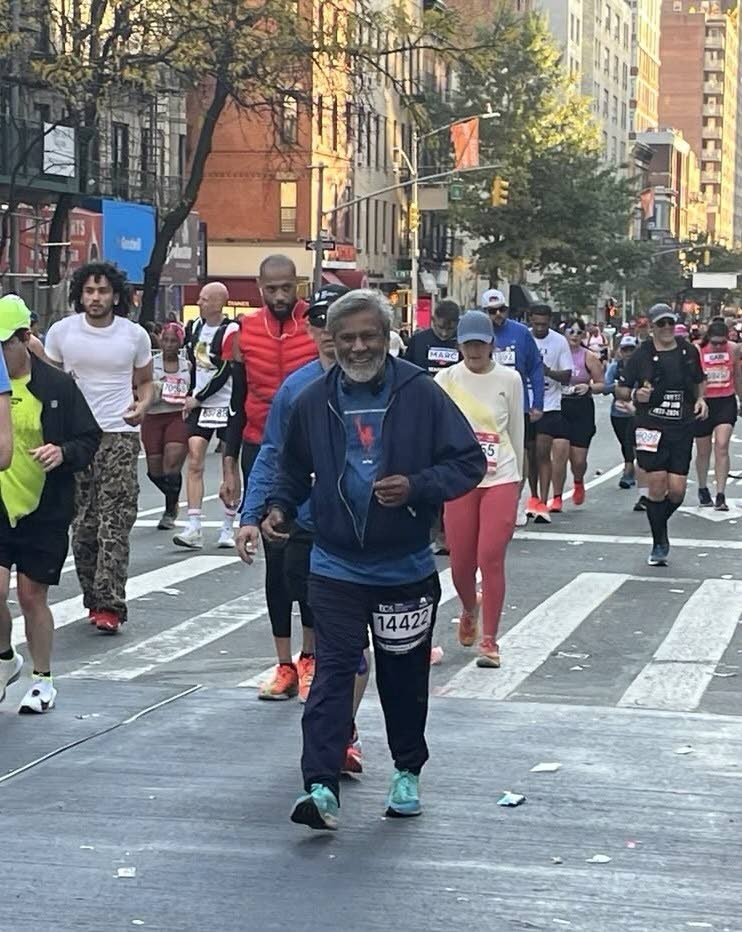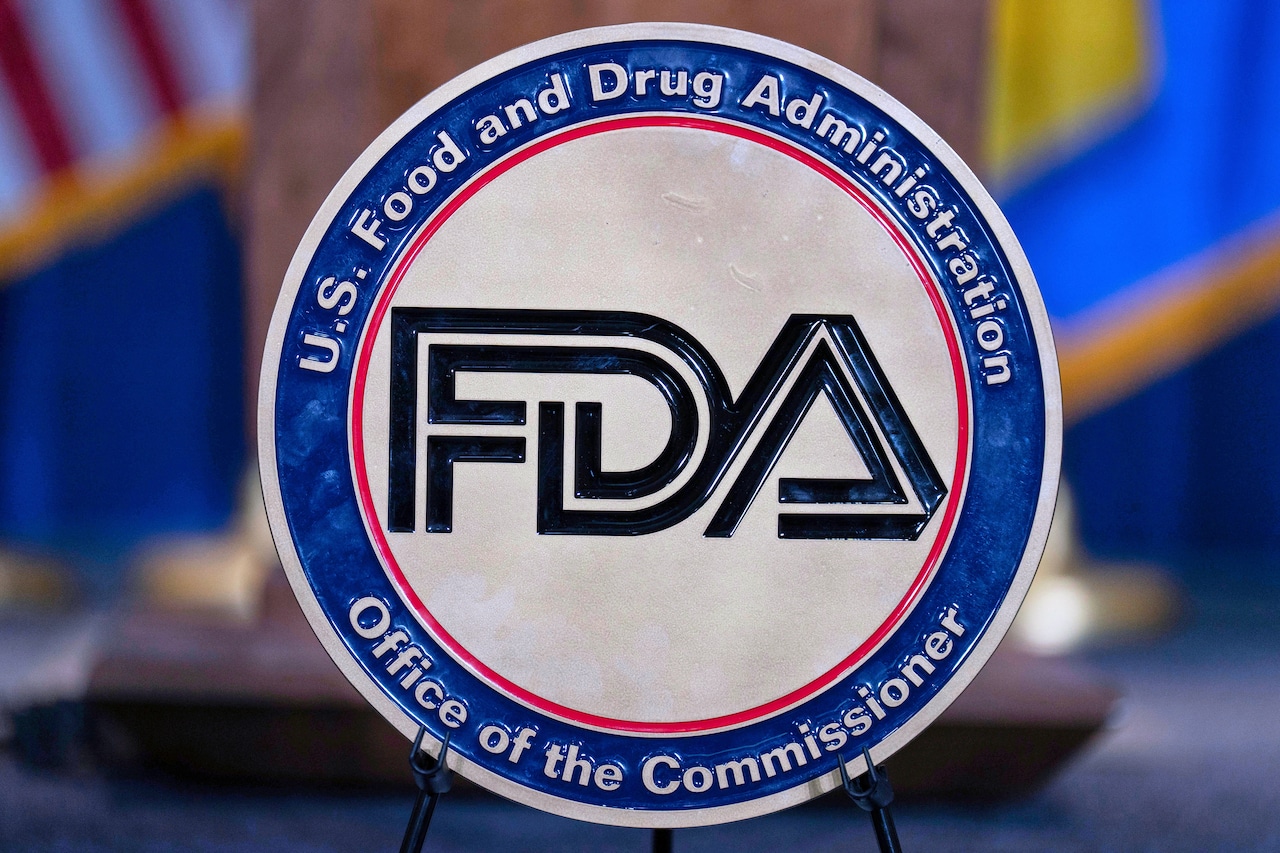Copyright Norfolk Virginian-Pilot

This Veterans Day marks the fifth anniversary of my leaving military service. The holiday continues to offer an opportunity to reflect on how to view and understand my service, which has brought both challenge and fulfillment. One of the more insidious thoughts that I’ve recognized is the underservice narrative. Did I do enough? Speaking with others, I’ve realized this irrational guilt affects many veterans. My lack of combat experience creeps up to tell me that I’ve given too little. But the underservice narrative comes in many forms, from feeling like your time was too short, to missing a war, not deploying or serving in a non-combat position. These feelings serve no helpful purpose for the individual or the veteran community. They only harm and divide. Every person who raised their hand in an oath to serve this country is of equitable service. From that starting place, all service members commit to what may come, open to facing the direction of fate. A fellow veteran recently told me to view the privileges we now enjoy as veterans — spending time with family, building a new career, living the remainder of our lives as we intend — as an honor to those who gave their lives in our place. In this way, we fulfill and exercise the virtues and freedoms we all strove to protect, and our future actions and our own service — of any sort — are more beautifully connected. The underservice narrative is even more dangerous at a time when our military discourse drifts toward lionizing lethality. At risk is believing the misconception that trigger-pulling and kinetic arms roles are paramount. Executing successful combat operations remains a core function. Yet, those roles are singular components of a robust and complex chain of enabling support that is critical to our nation’s defense. Perhaps the strongest lesson from my time in uniform was the importance of trusting others to do their job so that you could do yours. Any successful military operation is dependent on a sequence of supporting roles traceable to a nearly infinite number of enabling actions by fellow service members. During my time in a warfare-eligible role, my abilities depended upon the uniformed medical staff who ensured my personal health, the mess personnel who provided my sustenance, the maintenance and supply network that checked the safety of my gear and equipment, the Chaplain Corps that fostered my spiritual health, and the long chain of civilian and military educators who ensured my professional development and qualifications. There are no bystanders in the symbiotic American military. Becoming a veteran forces a reconciliation with your service, a personal accounting that begs identifying lenses through which to perceive it. My lenses are pride and gratitude. The pride of belonging to a group that spent the most industrious years of their lives serving others. With time, I’m increasingly grateful that young Americans continue to decide to protect our citizenry — and that their families make the sacrifices to enable their service. I remember the dedication and resolve of the youngest I knew, who pushed me to better myself, and the leaders I looked to for example and guidance. I treasure the Gold Star widow who offered to photograph the first embrace and tears with my wife as I returned from deployment, an act of truly profound benevolence. And our neighbors, dressed out in red, white and blue, who stood in my driveway as I pulled in after months abroad. The same family who watched over my home, cooked for my wife, fixed our appliances and blessed us with vigilant protection and loving kindness. These Americans, as civilians, also played a critical part in facilitating my service. I’m most proud to live among Americans who inspire acts like these every day. Thus, despite the many different uniforms we wore and functions we filled, Veterans Day truly is for all of us who share our common virtues across generations, both past and to come. Jon Hemler of Camden, North Carolina, is a veteran of the U.S. Navy.



